The mythological narrative in current Chinese animation is not simply a repetition of classic mythological stories, but a new form of creation. Whether it is a contemporary revision of a specific mythological story, or a new narrative after mixing, collaging, grafting, and transforming various non-homologous mythological stories, contemporary concepts are injected while retaining the typical visual symbols of mythology, and drawing heavily from traditional Chinese art styles, providing a new way of thinking for the development of Chinese animation.
Mythology has an open interpretation space and interdisciplinary nature. Over the years, based on disciplines such as anthropology, history, religion, folklore, literature, psychology, etc., different research methods and schools of thought have gradually formed around issues such as origin, function, characteristics, and structure.
For example, the natural mythology school believes that mythology originated from the worship of natural phenomena such as wind, rain, thunder, and lightning by early humans.
From a structuralist perspective, understanding mythology is key to grasping its deep structure: although mythological narratives from different ethnic groups and regions are not exactly the same, they have universal structures and rules within them.
From a psychological perspective, myths are often seen as the product of common psychological projections of various ethnic groups, the expression of the human subconscious. Due to the commonality of the human subconscious, myths in different regions also have certain similarities.
In the field of literature and art, myths, as a form of folk literature, although originating in ancient times, have gradually been integrated into various art forms during their evolution, and have become an important subject for various artistic creations. Especially with the rise of mythological studies, retelling myths through literary and artistic works has become a new creative direction. In the 21st century, the rapid development of mass media has further fueled the enthusiasm for retelling myths around the world.
Specifically in the field of animation, as Chinese animation constantly chooses myths as its narrative material, and phenomena such as the "Journey to the West Universe," "Gods of Honour Universe," and "White Snake Universe" occasionally attract public attention, it is also worth exploring in greater depth how myths are told in Chinese animation, and how traditional mythological resources are transformed into a discourse that better fits the needs of the times.
01 A New Narrative Mode of Chinese Animation
Looking back at the development of Chinese animation, it is not difficult to find that mythological stories have always been an important source of the material.
Starting with China's first feature-length animation "Princess Iron Fan," animated works such as "Havoc in Heaven," "Nezha Conquers the Dragon King," "Lotus Lantern," "Journey to the West," and "Legend of Nezha" that are based on mythological stories have formed a long chain of texts. However, these animated works have not made major changes to the basic structure of the original mythological stories, but have only made small-scale adaptations.
For example, the 52-episode animation "Journey to the West" produced in 1999 almost completely restored the important storylines of the novel "Journey to the West". Although there were some changes in the character design and narrative focus to reflect the zeitgeist (such as the younger appearance of the four masters and apprentices and the emphasis on the protagonist's inspirational growth elements), overall, the basic story structure and plot settings did not change much from the original.
In recent years, with the development of media and changes in creative concepts, the mode of telling myths has also been changing. Take influential online animated works as an example, whether it is the portrayal of the five tribes resisting the monsters in ancient times in "Fog Hill of Five Elements," or "Wu Geng Ji (武庚纪)" which is based on "Investiture of the Gods," or "Fei Ren Zai (非人哉)" that depicts mythological characters in contemporary workplace life, they have all deviated more or less from the original mythological narrative.
In these animated works, both the creation of character images and the design of the story structure have gone beyond the simple retelling of the original mythological stories in an animated way, and have undergone a considerable degree of rewriting or even re-creation based on the original text.
Two main paths that anime works take when retelling myths. The first path involves a contemporary rewrite of a specific mythological text, while retaining the original background and character relationships. Examples of this include the "Wu Geng Ji" series, which is a reverse writing of "Investiture of the Gods", where the gods become villains, and the "Xi Xing Ji (西行纪)" series, which continues the story after the "Journey to the West" ends.
In these anime works, mythology serves both as a medium and a resource. Creators can use the audience's natural affinity for traditional myths to reduce the unfamiliarity of new stories and borrow the original character relationships and narrative structure. When mythological characters such as Nezha and Sun Wukong appear in new stories, they do not require much introduction, as their original identities, personalities, and relationships are already familiar to the audience. Even if there are differences from the classic images, this underlying familiarity undoubtedly helps the audience to get into the story and create emotional resonance.
The other path of myth retelling involves a new narrative based on borrowing, grafting, and transforming various non-homologous mythological texts. In these works, different mythological resources can be used. For example, although mythological characters such as Nezha appear in "The Legend of Hei", they do not have a specific mythological background like "Wu Geng Ji" or "Xi Xing Ji". The characters are mostly original, and the story structure does not reference any system. "Fei Ren Zai" draws inspiration from different mythological stories, such as Nezha and Yang Jian from "Journey to the West" and "Investiture of the Gods", and Xingtian, Baize, and Zhurong from "Classic of Mountains and Seas". Many mythological characters are mixed together to create completely new narrative content. Compared with the first path, anime works that are narrated in a new narrative way tend to detach mythological characters from their original background and character settings and make them consistent in a new story structure.
Overall, although the two paths of anime creation have different characteristics, they both have a common feature, which is that they are no longer obsessed with adaptation of the original work but tend to tell a new story. This creative concept not only gives contemporary anime creators a wider creative space but also allows mythological resources to have more diverse forms of presentation.
02 Injection of Contemporary Concepts
When researchers turn their attention to the age of myth telling, they will notice that the narrative of any myth in any historical period reflects the social and cultural rules of that period. The characters and content that appear in myths often have a specific historical significance.
Therefore, many stories that seem irrational and inexplicable by science today, when placed in a historical context, reveal a certain degree of rationality and truthfulness. However, the more ancient the myth, the farther away it is from contemporary culture, and the more likely it is to have phenomena that go beyond people's life experience and perceptual categories. Therefore, how to transform it into a touchable memory and a meaningful narrative involves the problem of contemporary perception of myth retelling.
In terms of contemporary animation creation, giving a new time and space to the myth prototype, injecting contemporary concepts into this space, and making it a contemporary story that can be empathized and perceived by the audience, is a narrative strategy adopted by many animation works when retelling traditional myths.
Using "Wu Geng Ji" as an example, the traces of Chinese mythology can be clearly seen in both the basic background setting of the relationship between humans and gods and in the naming of ethnic groups such as the Suiren, Chiyou, Kuafu, and Xingtian tribes.
However, the core driving force that propels the narrative development in the story does not come entirely from traditional mythological concepts, but rather from contemporary mainstream values: the pursuit of a life that is not enslaved by gods, independent, and free, which is the main goal that Wu Geng, the protagonist, puts into battle. In "Ne Zha," although Ne Zha is born evil, he must defy fate, also emphasizes the contemporary value of insisting on the freedom of life.
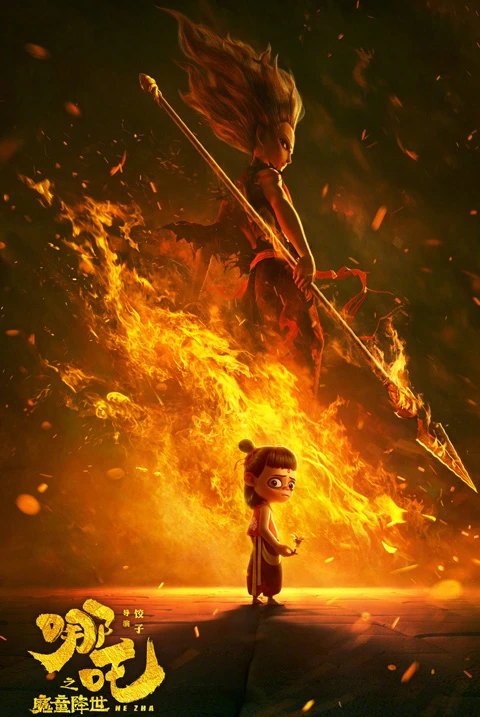
In addition, creators often incorporate the troubles and confusion of contemporary people into the narrative of animation. For example, the basic setting of "Fei Ren Zai" is the various difficulties that mythological characters living in modern society will face.
In this work, mythological characters are no longer high and mighty, but have ordinary people's joys and sorrows. Although this kind of plot setting makes mythological characters to a certain extent deviate from the traditional context and basic framework of mythology, it allows them to enter reality and integrate into contemporary stories.
03 Retention of Typical Visual Symbols
In various retellings of myths, although the temporal and spatial structures, values, and narrative styles may change, this does not mean that myths will completely lose their essence in animated works. In terms of character images, although the appearance of mythical characters often undergoes various changes in different art forms and historical stages, some key visual symbols gradually become established and consolidated in the process of change, forming a fixed impression in the minds of the public.
The three eyes of Yang Jian, the fiery eyes and golden cudgel of Sun Wukong, and the wind and fire wheels and mixed sky ropes of Nezha are all typical visual features of these mythical characters. They not only form the basis for the audience's understanding of mythical characters, but also provide the premise for the re-creation of mythical images in animation.
Although many mythical characters in "Fei Ren Zai" have been transformed into the appearance of contemporary people through modernization, their most critical image features have been preserved. Although the story of "Xi Xing Ji" goes beyond the scope of "Journey to the West" on the timeline, the typical features of the animated characters have not been abandoned, but have been strengthened to some extent.
Although preserving the typical visual characteristics of mythological characters makes it easier for audiences to recognize and immerse themselves in the story, if we want these characters to truly resonate with contemporary audiences, need to recreate their visual image. This is also the significance of exploring self-expression in animation works.
In fact, looking at the development of animation, whether it's "Mickey Mouse," "Donald Duck," or more recent characters like "Buzz Lightyear" and "Minions," these animated figures have far exceeded the impact range of their initial design and have gained a wider space for existence.
Creating long-lasting animated characters is a key step in making animation works classic. In this sense, preserving the typical features of mythological characters and using them as a basis for contemporary recreation can ensure that the created mythological figures are not detached from history and meet the aesthetic needs of contemporary audiences, thus taking new steps in the field of art. For example, in the animated film "Ne Zha," although Ne Zha still retains his iconic visual symbols, but his true breakout moment comes from the smoky eye makeup.
04 Delicate Depiction of Classical Scenery
In the current retelling of myths in domestic animation, there is a unique type of work that attracts viewers' attention not only to the stories they tell, but also to their form and style. These works often receive praise for their delicate character portrayal and scene depiction, visually rich with classical charm and abundant traditional cultural symbols interwoven throughout. Examples of such works include "Valley Of White Birds" and "Mr. Miao," which have a colorful ink-wash style, as well as "Big Fish & Begonia" and its eponymous web animation.
As a primary carrier of painting style, the scenery depicted in animation is sometimes based on real Chinese architecture and gardens, such as the circular building in "Big Fish & Begonia" that is based on Fujian earthen buildings.
However, more often it is imaginary scenery imbued with traditional Chinese cultural significance, such as the village in "Fog Hill of Five Elements," which is not a specific geographical location, but rather a depiction of mountain and water landscapes with ink-wash brushwork.
Regardless of whether these sceneries exist in reality, when these visual symbols with traditional cultural characteristics merge together, they no longer represent singular geographic objects and spaces, but instead form an abstract cultural concept of "national style." National style represents not only a unique painting style with ethnic features, but also includes scenic objects with ethnic features.
Of course, audiences are aware that the scenery depicted in animation is fictional, but this fiction is not entirely divorced from reality. These fictional objects also have their real genes. These works clearly connect with the shared memories that have already been sedimented into national culture, deepening viewers' recognition. The exquisite ethnic painting style not only satisfies the audience's imagination of the mythological content, but also becomes an important label for these works and the basis for their identification.
Conclusion
For today's Chinese animation, in terms of content, mythological stories that embody the wisdom of our ancestors have become an important source of content for Chinese animation's retelling. In terms of form, the traditional Chinese art style is still heavily borrowed by contemporary animation creators, and emotional identification is obtained through the depiction of national scenery. Whether from the perspective of content or form, contemporary domestic animation has not departed from the category of Chinese animation's nationalization. No text exists in a vacuum; it always expresses meaning in a specific social, cultural, and historical context.
The interpretation of mythology will also be influenced by the context. When a myth that embodies the wisdom of our ancestors enters this new medium of animation, whether it is translated into a completely faithful to the original version, or a heavily adapted version, the age and narrative context of the mythology have changed. Therefore, these rewritten texts not only reflect the cultural nationality but also highlight the characteristics of the times. This is not only an important way for Chinese animation to continue the development of the "Chinese Animation School" but also a form of Chinese cultural transmission.
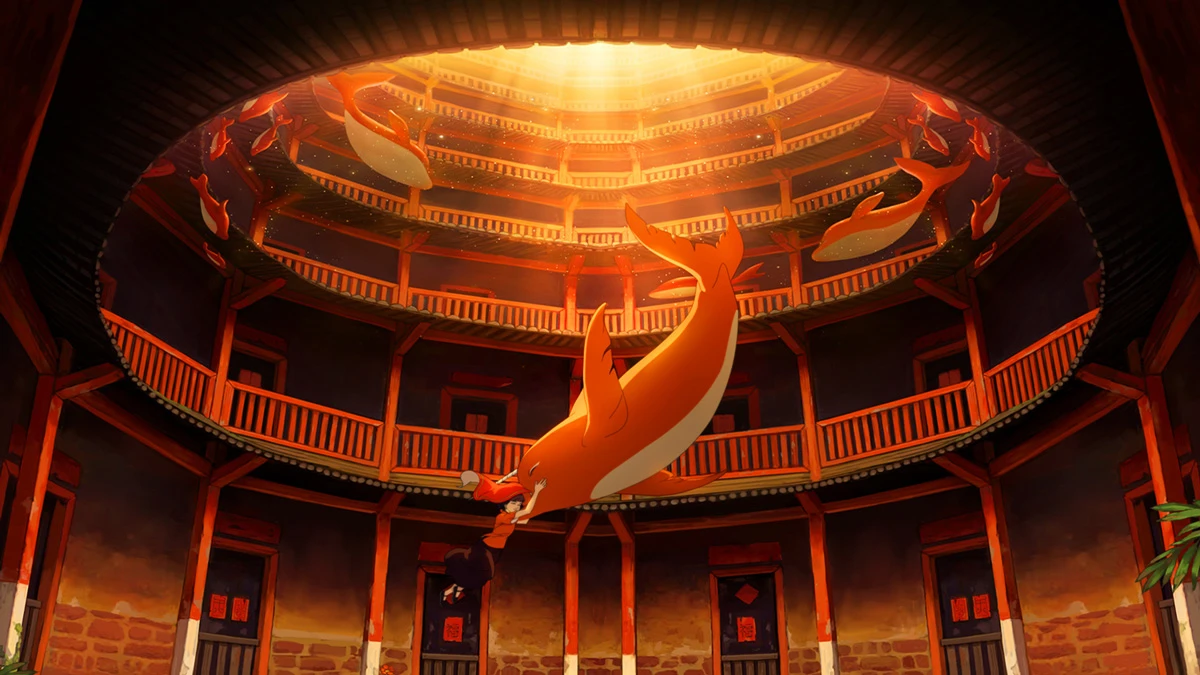
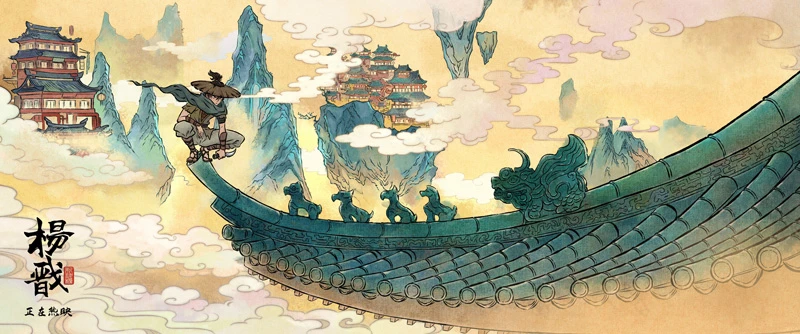
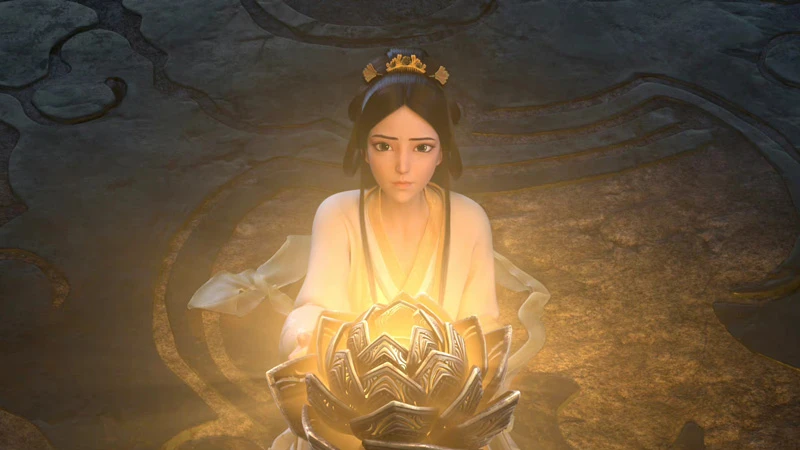
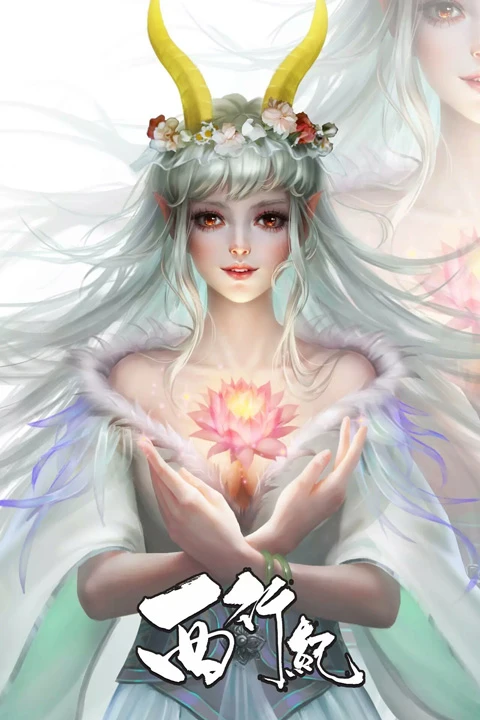
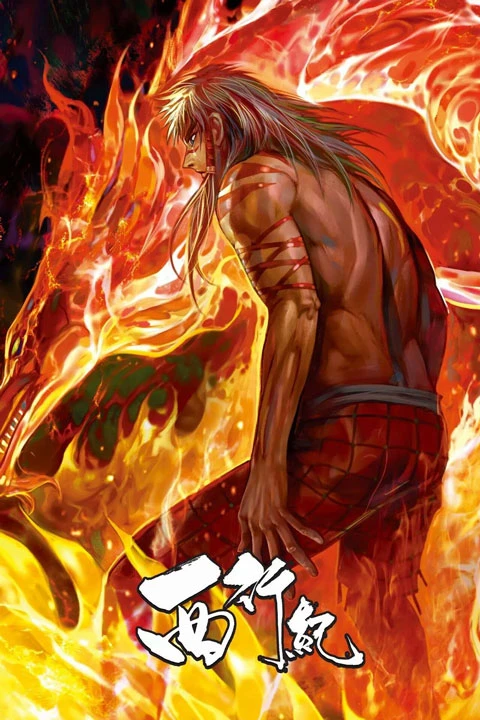
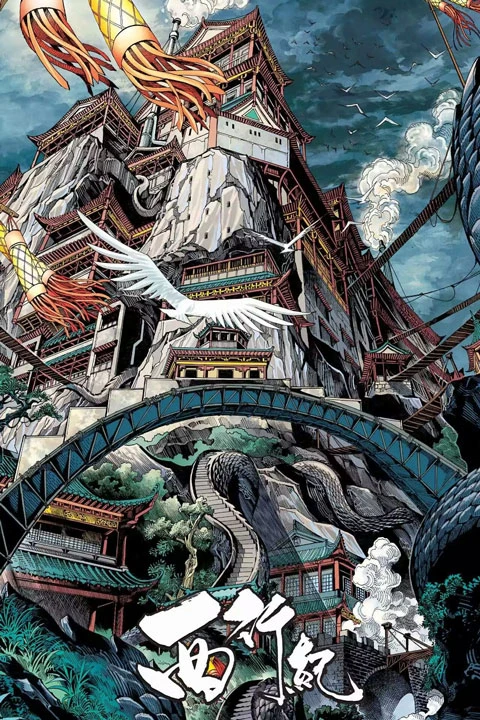
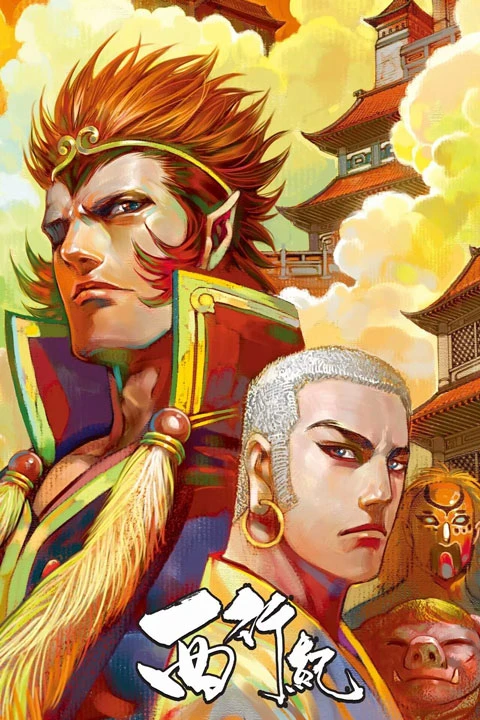
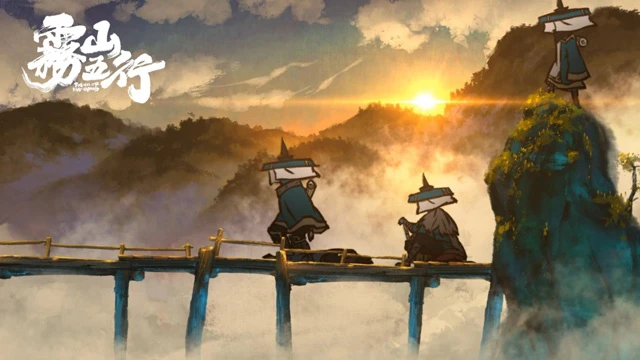
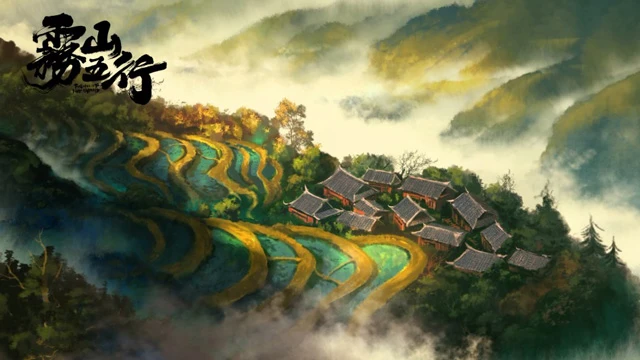
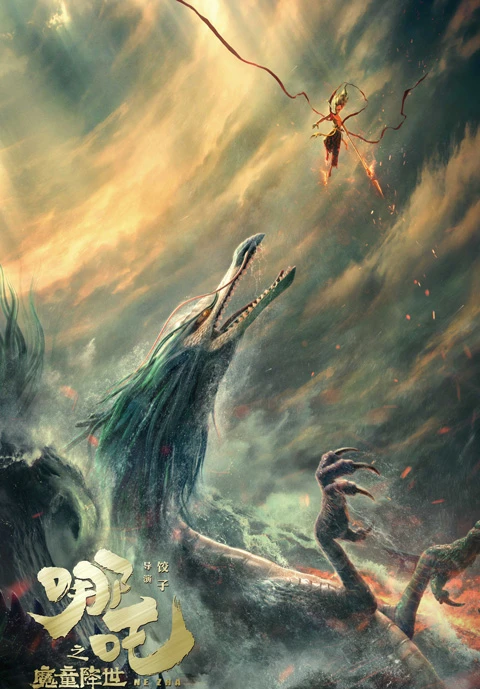
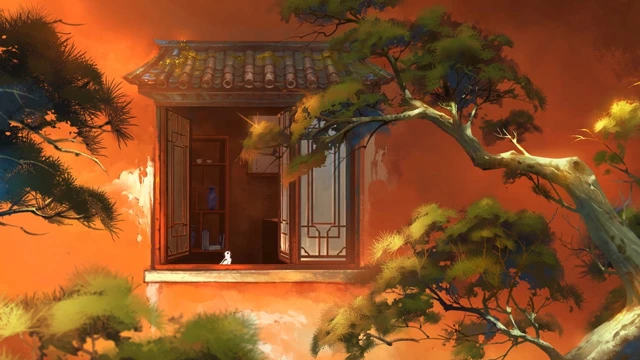
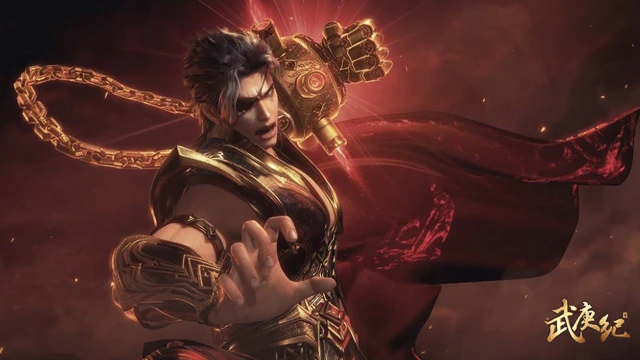
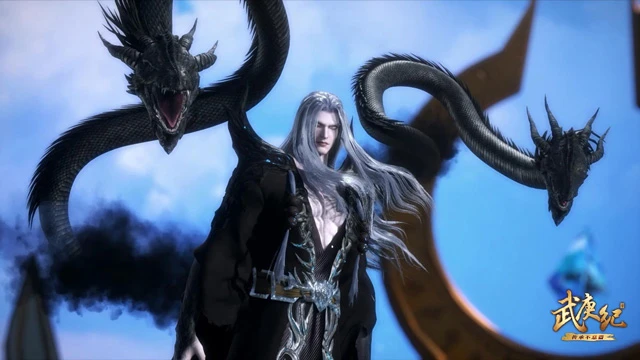
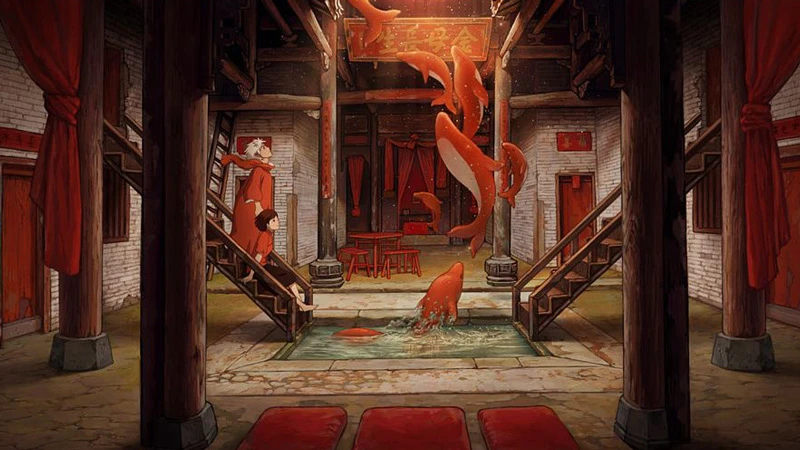
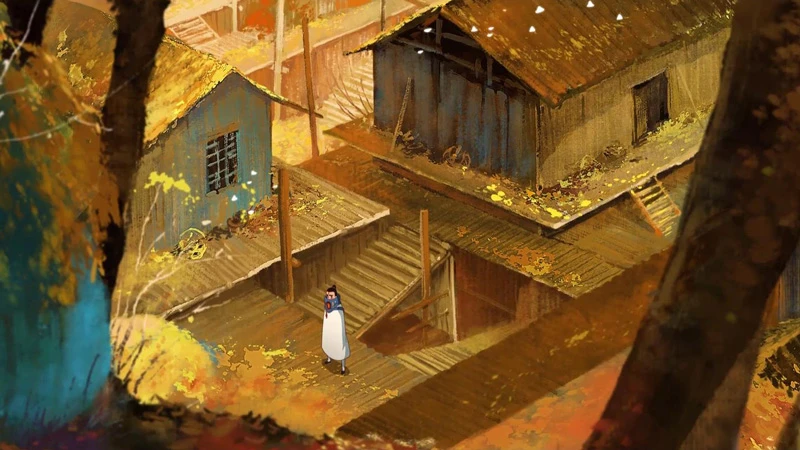
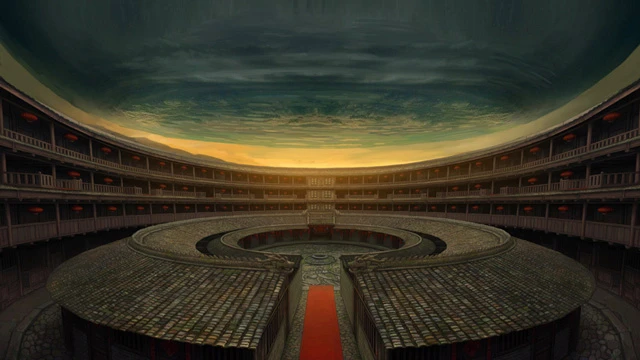
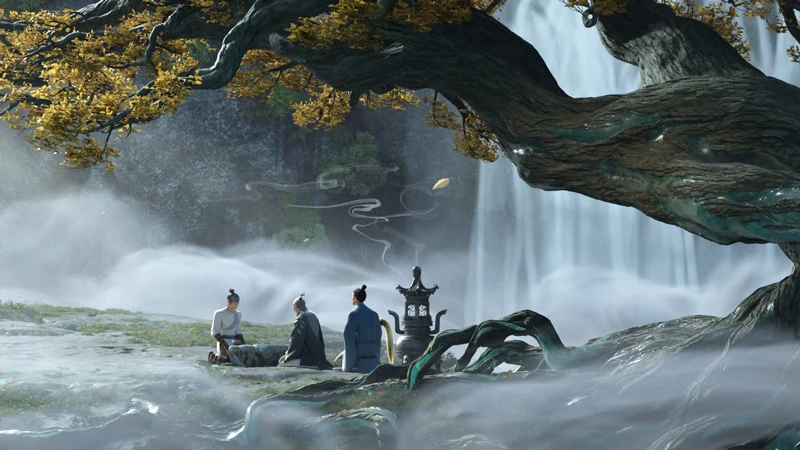
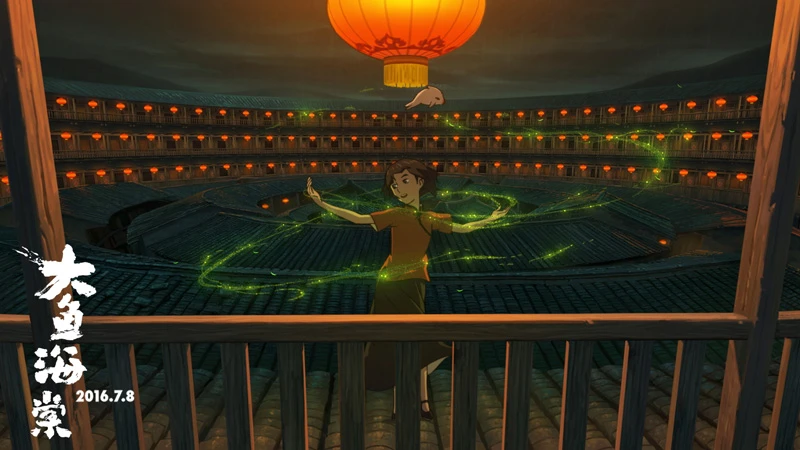


😍😍😍
Amazing
Very nice
Thank you